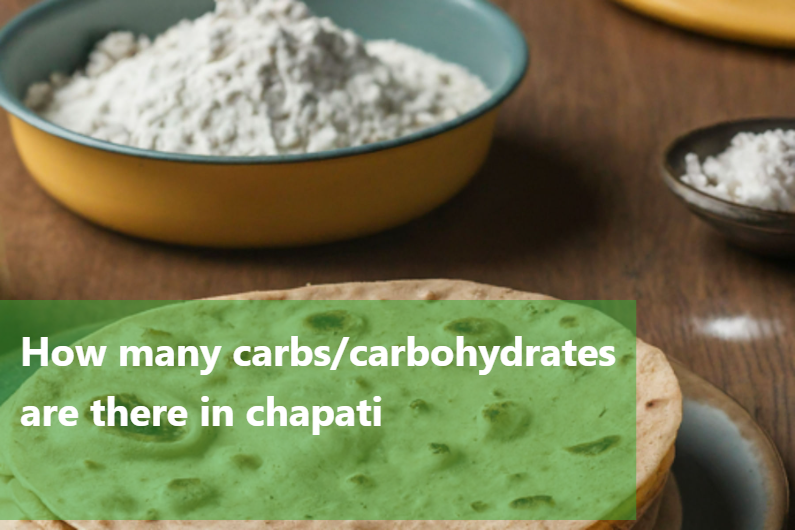
How many carbs are there in chapati?
Indians love their chapati, it is a simple flatbread made of water, salt, and whole wheat flour. For generations, this versatile and flavorful staple meal has been a mainstay of Indian cuisine. Chapati provides a decent amount of carbs, which the body needs for energy, therefore it's a healthy choice.
One of the most misunderstood macronutrients, carbohydrates are necessary for human survival. In addition to powering many internal processes, they are the principal energy source for the body. If we want to stay healthy and fit, we need to make sure that our carbohydrate intake is balanced. Individuals can make educated selections regarding their food choices for a healthy lifestyle by learning about the importance of carbs and how foods like chapati contain them.
It is possible to grasp the significance of include this traditional bread in one's diet by learning about the carbohydrate role and the nutritional worth of chapati. Understanding chapati's place in a balanced diet will become clearer as we examine its carbohydrate content and nutritional profile in greater detail.
Nutritional Breakdown of Chapati
|
No. |
Parameters |
1 medium chapati (40 g) |
2 medium chapati (80 g) |
3 medium chapati (120 g) |
|---|---|---|---|---|
|
1. |
Calories |
120 |
240 |
360 |
|
2. |
Total fat |
3.7 g |
7.4 g |
11.1 g |
|
3. |
Saturated fat |
1.3 g |
2.6 g |
3.9 g |
|
4. |
Cholesterol |
0 mg |
0 mg |
0 mg |
|
5. |
Sodium |
119 mg |
238 mg |
357 mg |
|
6. |
Potassium |
78 mg |
156 mg |
234 mg |
|
7. |
Total carbohydrates |
18 g |
36 g |
54 g |
|
8. |
Dietary fibres |
3.9 g |
7.8 g |
11.7 g |
|
9. |
Sugars |
1.2 g |
2.4 g |
3.6 g |
|
10. |
Protein |
3.1 g |
6.2 g |
9.3 g |
|
11. |
Vitamin A |
– |
– |
– |
|
12. |
Vitamin C |
– |
– |
– |
|
13. |
Calcium |
– |
– |
– |
|
14. |
Iron |
– |
– |
– |
Impact of Chapati Carbohydrates on Health
-
Complex Carbohydrates: Chapati contains complex carbohydrates, which release energy gradually, helping maintain satiety and steady energy levels throughout the day.
-
Low Glycemic Index: Consumption of chapati does not cause rapid increases in blood sugar levels due to its low glycemic index, making it suitable for weight management and diabetes control.
-
High in Fiber: Whole wheat chapati's high fiber content promotes digestive health and helps regulate bowel movements, reducing the risk of digestive diseases.
-
Rich in Minerals and B-Vitamins: Chapati contains essential minerals and B-vitamins, crucial for proper nutrient absorption and overall health.
-
Sustained Energy: By supplying sustained energy, chapati contributes to overall health when included in a balanced diet.
Drawbacks of eating chapati:
-
Portion Control: It's important to watch portion control when consuming chapati, as excessive intake can lead to an excess of carbohydrate intake.
-
Variety of Foods: While chapati is a healthy addition to the diet, it's important to eat a variety of foods rich in different nutrients to maintain a balanced and healthy diet.
-
Caloric Intake: Depending on individual dietary requirements, excessive consumption of chapati may lead to a higher caloric intake, which can impact weight management.
-
Gluten Content: For individuals with gluten sensitivities or celiac disease, the gluten content in chapati may pose a drawback to including it in their diet.
-
Nutrient Absorption: While chapati contains essential nutrients, it's essential to ensure a balanced intake of other foods to ensure comprehensive nutrient absorption.
Factors Affecting Carbohydrate Content in Chapati
There are a number of important factors that determine the amount of carbohydrates in chapati.
-
An important factor is the kind of flour that is utilised. Chapatis prepared with whole wheat flour, which is believed to have a greater fibre content, typically have more carbohydrates than refined flour chapatis.
-
Another factor that determines the carbohydrate content of chapati is its thickness. Because more dough is needed to roll thinner chapatis, they often have a little higher carbohydrate content.
-
The carbohydrate content might also be affected by the cooking methods used. As an example, the carbohydrate content of chapatis remains relatively unchanged when fried in ghee or oil, although the fat level may rise. A dry skillet cooks chapatis without adding fat, which maintains their carbohydrate content.
-
Individuals with specific dietary requirements should be careful of the factors affecting the carbohydrate level in chapati since these factors can influence the fluctuation in carbohydrate content, which can influence dietary concerns. People can make better decisions on the type of chapati that fits their dietary demands if they are aware of these variables.
Consuming chapati in moderation can help maintain energy levels all day long. Chapati is best enjoyed as part of a balanced meal when eaten alongside other nutrient-dense meals like vegetables, lean meats, and healthy fats. In general, chapati can be a healthy addition to a balanced diet since it is a versatile staple that can be used to make a variety of tasty and nutritious meals.
This Blog post is an initiative by Lo! Foods, to provide accurate and Nutritionist / Doctor approved information related to Health. Lo! Foods is India's leading brand for Everyday Functional Foods. Foods designed for specific Health conditions or Needs. Lo! Foods also runs India's largest range of Low Carb Healthy Cloud Kitchens, under the brand names of Lo!, ProteinChef, ATH (All Things Healthy) and DiabeSmart.






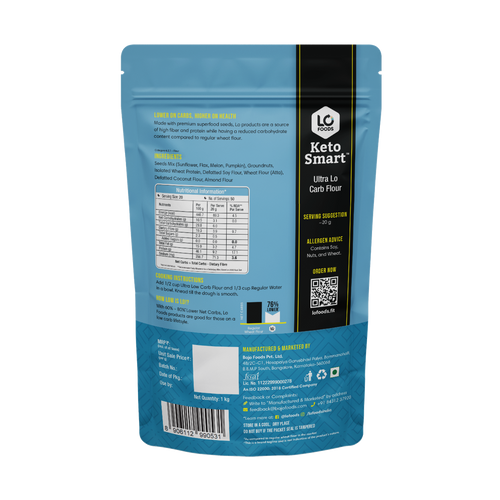
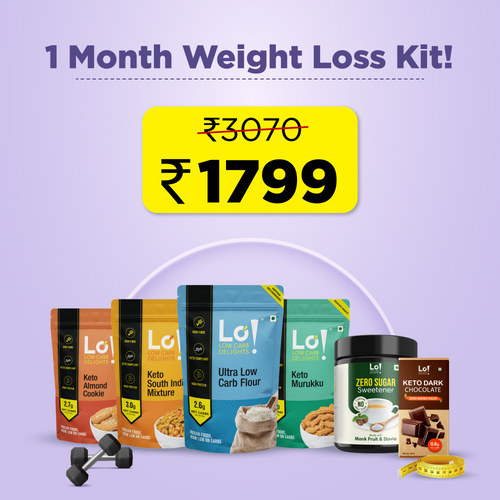
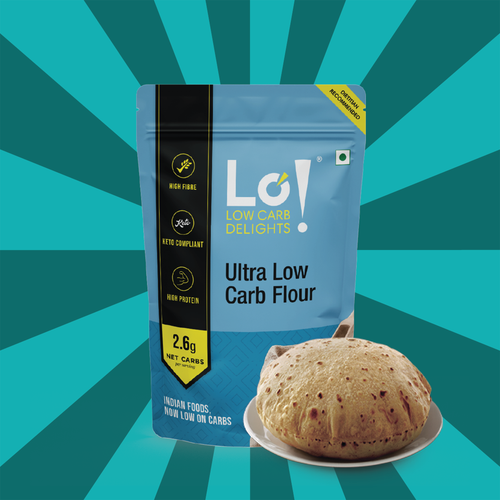


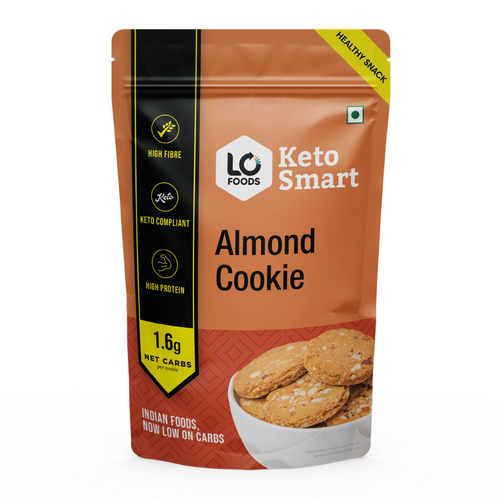
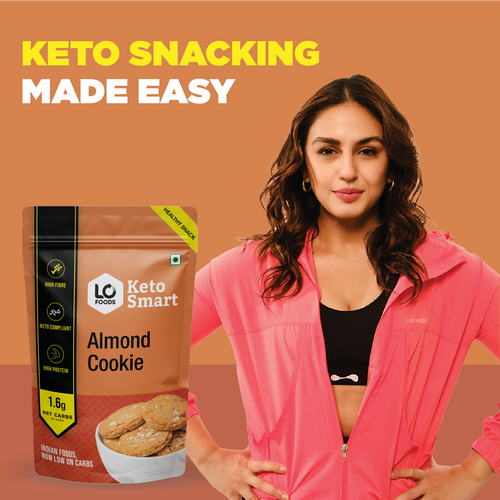




Leave a comment
Your email address will not be published.